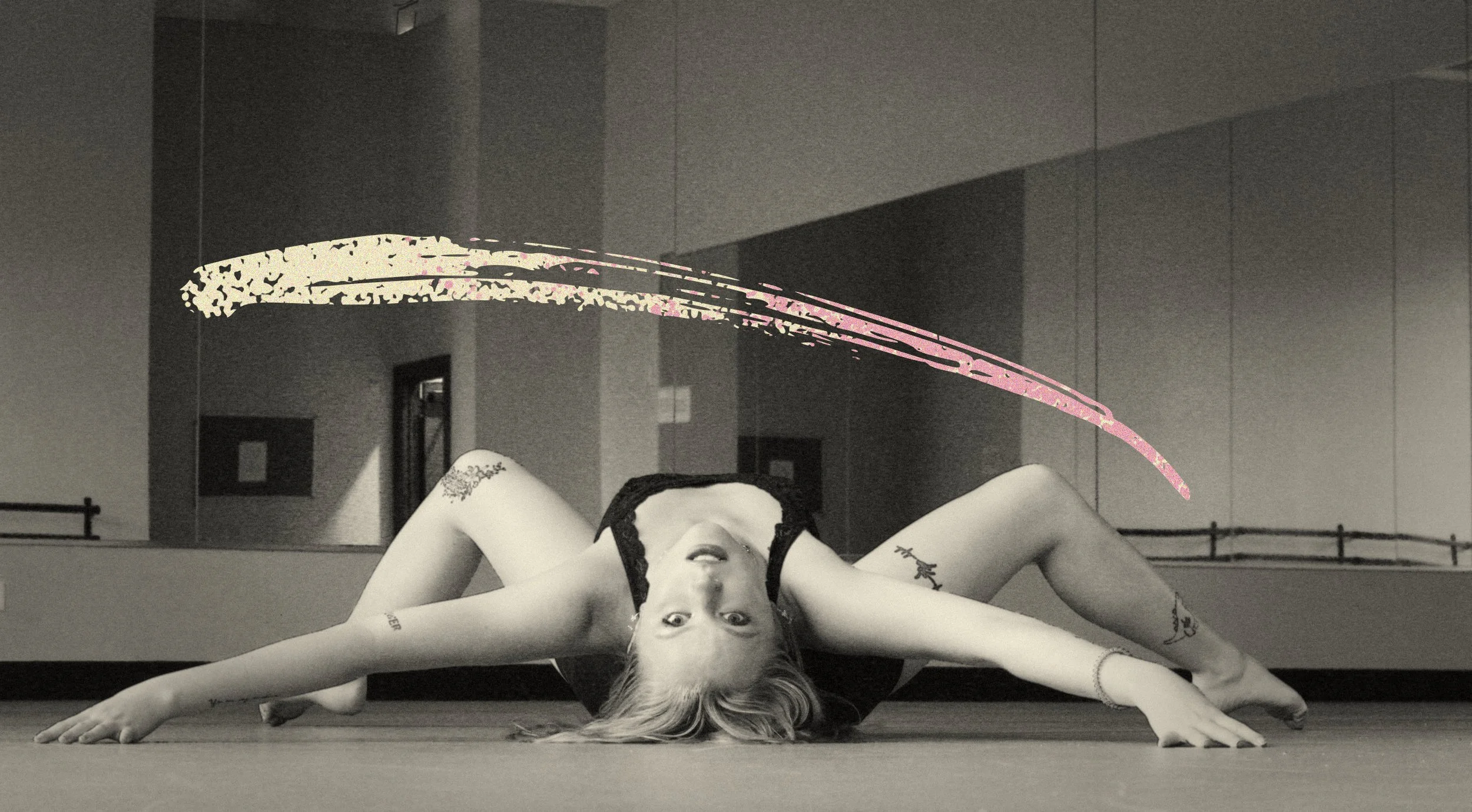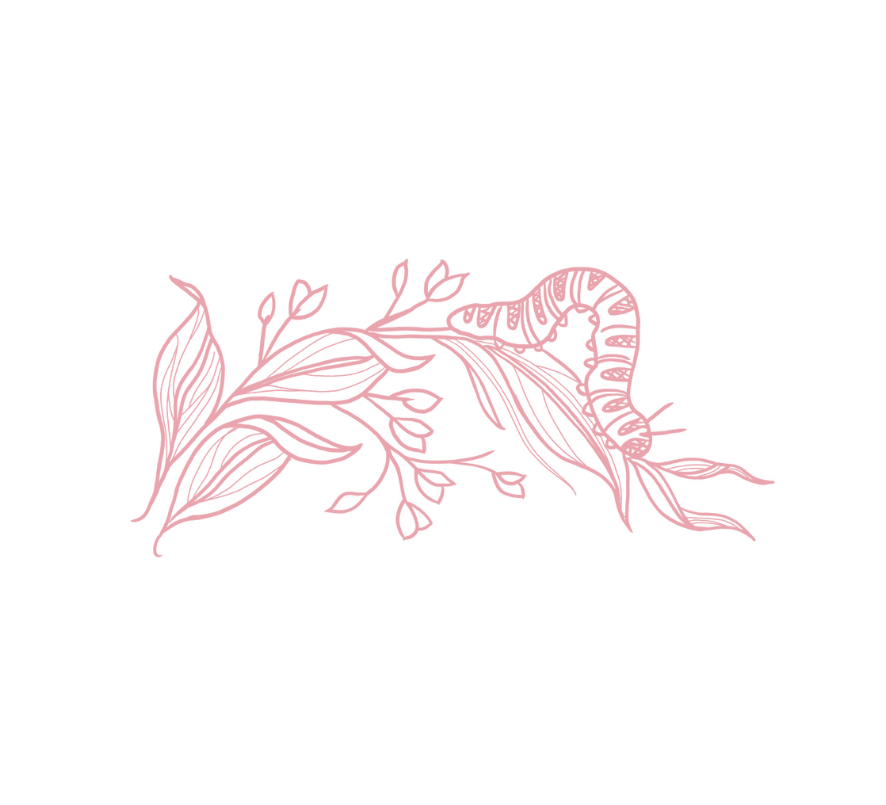

My choreography begins with curiosity about what movement can reveal about being human. Each piece grows from an emotional question such as how we remember, how we cope, or how we connect. I see artistry and empathy as inseparable.
For me, choreography is a space for belonging where movement becomes a language of understanding and creation is an act of connection.

Title: “Shmaltz”
Choreography: Sarah Briscoe
Music: “Petrified” by Omar Apollo
Performance: Rollins College Expressions Dance Concert December, 2023
Description:
This work reflects on nostalgia as a tug-of-war between yearning and acceptance—the sweetness of memory intertwined with the ache of not being able to return.
I combined pedestrian and organic movement with childlike gestures to evoke the instinctive ways we remember our earlier selves, letting the body become the site of recollection. Shifting spatial patterns and looping formations echo the elasticity of memory: time folding backward, repeating, and slipping through our grasp. Reaching motifs signal longing for what has passed, while grounded, weighted phrasing captures the heaviness that surfaces when we confront loss or regret.
The piece does not treat nostalgia as sentimentality, but as a living tension—wanting again what can no longer be held.
Title: “NDA”
Choreography: Sarah Briscoe
Music: “NDA” by Billie Eilish
Performance: University High School Spring Dance Concert May, 2024
Description:
This piece examines the psychological strain of living under constant scrutiny—a body monitored not just for movement but for correctness, control, and compliance.
The choreography relies on tight unison, sharply articulated phrasing, and deliberately restrained dynamics that suppress natural flow, mirroring the pressure to remain composed even while fraying internally. Precision becomes a coping mechanism, a way of surviving judgment by leaving no margin for error. Yet small ruptures surface: a shoulder glance, a hesitation, a momentary collapse into the floor that reveals the exhaustion of vigilance. The dancers are caught between invisibility and exposure, terrified that being seen means being reduced to flaw. When one performer breaks from the formation, the disruption exposes both danger and relief—what it costs to conform and what it risks to step outside expectation.
Ultimately, the work frames paranoia as a bodily negotiation between self-preservation and erasure.
Title: “Smoke Signals”
Choreography: Sarah Briscoe
Music: “Smoke Signals” by Phoebe Bridgers
Performance: University High School Spring Dance Concert May, 2025
Description:
This work was created by welcoming students from the Exceptional Student Education department into a space they had previously been excluded from, transforming inclusion from concept into lived participation.
The choreography explores belonging through contrast—moments of isolation and stillness placed beside sweeping ensemble phrases, and a blindfold that is eventually removed to symbolize recognition rather than rescue. The movement vocabulary for the ESE dancers was crafted to match their strengths without reducing complexity, positioning them not as symbolic “representations” but as full artistic contributors. Their entrance in the final section shifts the tone of the piece: what begins as commentary on exclusion becomes a demonstration of shared authorship and porous boundaries. Instead of being showcased or held apart, they dance beside their peers as equals, expanding what the stage—and the cast—can hold.
The work argues that inclusion is not something enacted on behalf of another person, but something made real when space is shared, witnessed, and co-created.
Title: “Did You Take My Love Away From Me?”
Choreography: Sarah Briscoe
Music: “Chihiro” by Billie Eilish
Performance: Rollins College Expressions Dance Concert December, 2024
Description:
This piece portrays addiction as a cycle of attachment and harm—an object of desire that wounds even as it promises relief.
The blue scarf functions as a symbolic tether: the dancers chase it, grip it, and cling to it, mistaking possession for safety while failing to see the damage it inflicts as it wraps tightly around them. Their tug-of-war over ownership reflects the illusion of control at the heart of dependency, where scarcity sharpens longing and self-protection becomes indistinguishable from self-destruction. When the scarf disappears, the dancers unravel into disorientation and grief, unsure how to move without the thing that once defined them. Its return reignites the same frantic hunger, making visible the compulsive repetition that structures addictive cycles. In the final reveal, when the scarf shifts to red, its “true color” exposes consequence and cost—the harm that was always present beneath the surface of desire.
The piece invites multiple readings: toxic love, substance dependence, validation-seeking, or any longing that corrodes even as it sustains.

